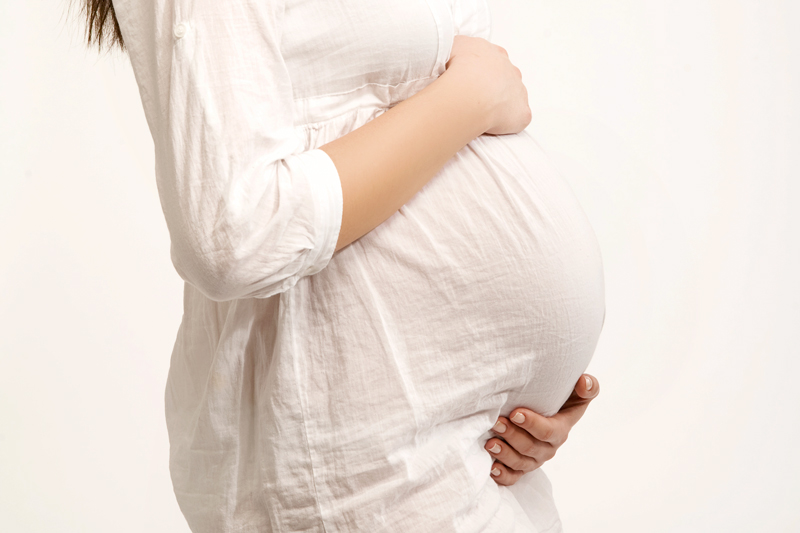Pregnant women that begin pushing one hour after complete cervical dilatation are almost twice as likely to undergo cesarean section as those who begin extrusion within the first 30 minutes: this is the result of extensive research done in 25 US maternity hospitals, including 21,034 women.
The study was published in the November issue of the journal Obstetrics and Gynecology. According to its findings, women who begin pushing later are more likely to experience a longer second stage of labor, with more active extrusion. “It is worth noting that the large research team did not observe any benefits for either mothers or newborns in cases of delayed onset of pushing,” said the team at the Northwestern University of Chicago’s Department of Obstetrics and Gynecology. The results of the study contradict previous findings, which suggest that delayed onset of pushing reduces the duration of active extrusion. The analysis used data from births between 2008 and 2011. The study examined single pregnancies in previously childless women. As the researchers said, childless women were more “clinically appropriate” as women who already have a vaginal birth are more likely to give birth the same way. Older women, with private insurance, white or diabetic, were more likely to have delayed extrusion. As the editor-in-chief of the magazine, Nancy Chescheir, explained, this group of women may receive obstetric care from health professionals who prefer less invasive approaches during childbirth. However, the authors of the study did not provide more information about the profile of these professionals.
Delayed onset of pushing was also more associated with women who underwent epidural anesthesia or a combination of epidural and dorsal anesthesia, with women who gave birth to larger babies, as well as those who entered the second stage of childbirth during daylight hours. The researchers also took into account the above factors for weighting the results.
Caesarean section was more common in women who had delayed onset of pushing (11.2% vs. 5.1%), with the difference remaining significant even after taking the error factors into account. Delayed extrusion was still associated with forceps delivery and postpartum hemorrhage.
The causes of cesarean section and forceps deliveries were also different between the two groups. For women with delayed extrusion, the cause of caesarean section was more likely to be dystocia (83.5%, versus 72.9% for those who started earlier) and less likely to be worried about the condition of the fetus (9.3%, compared to 20.9% for those who started pushing earlier). Similarly, among those who gave birth with forceps delivery, women with delayed extrusion were less likely to be associated with anxiety about the condition of the fetus (29.0% compared to 42.6% for those who started earlier) and more likely be associated with difficulty in descending the baby (17.0% compared to 11.2% for those who started pushing earlier) or the mother’s exhaustion (37.5% compared to 29.1% for those who started pushing earlier).
The researchers were unable to include data on the position of the fetus and suggested that delayed extrusion could be related to women who did not feel the urgency to initiate pushing because the baby was too high or in the wrong position.
Women with delayed pushing had a longer duration of second stage of childbirth, including delay. The median time and interquartile range was 170 minutes and from 126 to 232 minutes for women with delayed extrusion, respectively, compared to 53 minutes and from 30 to 94 minutes for those who started pushing earlier. Active extrusion also lasted longer for the first group, with an average time of 80.4 minutes, compared to 61.7 minutes respectively.
After considering potential error factors, women with delayed extrusion in the second stage of labor were increased by 107.2 minutes and active extrusion increased by 10.4 minutes.
For infants, the results did not differ after weighting the data. Indicatively, there were no significant differences with respect to imports in intensive care units or differences in the Apgar rating.
Women with delayed extrusion were not more likely to have perineal punctures, stitches or admissions to intensive care units – however, as the authors noted, the number of admissions to these units was generally low among women in the study.
“This is a conversation that takes place on a daily basis,” said Dr. Chescheir. “If this study shows anything, it is that delayed extrusion does not seem to benefit the mother or the newborn. It’s a common practice that makes me a little anxious.” As she added, the network of obstetric units is further examining the practice of delayed extrusion, which may help to better read the research findings.






